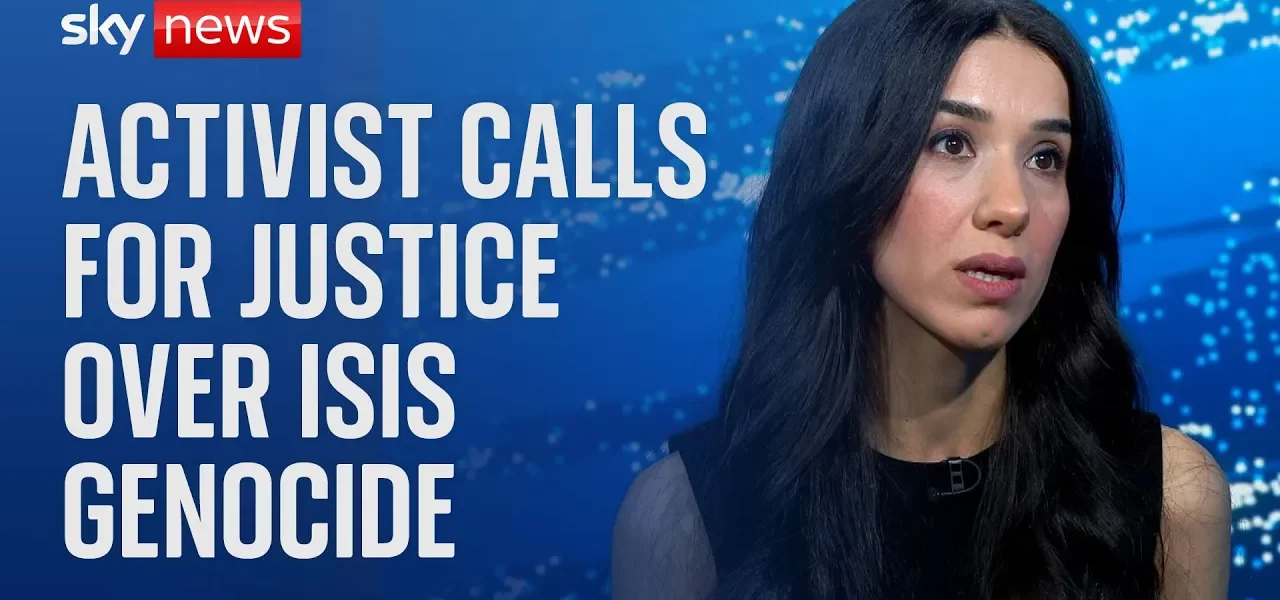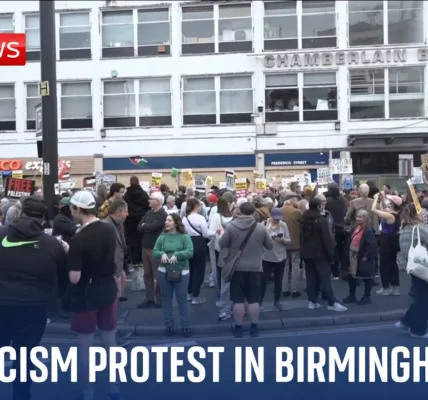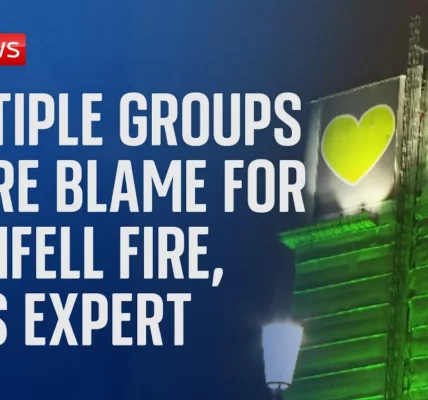10 Years of Trauma: The Struggles of Yazidi Women and Children

This article delves into the profound challenges faced by women and children of the Yazidi community, highlighting the pain, trauma, and ongoing search for justice and accountability in the aftermath of ISIS atrocities.
Introduction
The Yazidi community has endured a decade marked by unimaginable pain and trauma, particularly affecting women and girls. This ongoing struggle has left many families in anguish, waiting for their loved ones who remain unaccounted for, while also grappling with the broader implications of violence and loss. The plight of over 2,000 women and children still missing in captivity represents not just a statistic, but a deep wound in the hearts of their families and communities.
The Ongoing Crisis of the Yazidi Community
Since the rise of ISIS, the Yazidi community has been plunged into a crisis that has persisted for over a decade. The plight of these individuals has drawn international attention, yet the response has often fallen short. The following points outline the core aspects of this ongoing crisis:
- Over 2,000 women and children are still missing.
- Many families await the return of their loved ones, while others mourn for those who have been lost.
- The community has faced numerous mass graves that remain unexamined and unmarked.
- A significant number of remains have been exhumed but lack identification.
Justice and Accountability: A Distant Dream
The search for justice for Yazidi women has been fraught with challenges. Despite the defeat of ISIS in 2017, very few perpetrators have been held accountable. The following points outline the issues surrounding justice:
Lack of Accountability
Only a handful of ISIS members have been prosecuted, which raises serious concerns about the commitment to justice for the Yazidi community. Key issues include:
- A lack of comprehensive plans to rescue women and children post-ISIS.
- Insufficient support from the international community and governmental bodies.
- Continuing trauma faced by survivors in seeking justice.
The Role of International Organizations
International coalitions aimed at defeating ISIS have largely neglected the urgent need for rescuing women and children. This oversight has resulted in:
- Failure to include women and children in rescue operations.
- Continued captivity of many individuals.
- Delayed justice for survivors who risk their lives to testify against their abusers.
The Personal Toll of Trauma
The impact of these events on individuals and families is profound. Many women who have returned face not only the trauma of their experiences but also rejection from their communities. Key aspects include:
Reintegration Challenges
Women who have returned from captivity often face significant barriers to reintegration, including:
- Stigmatization from their communities.
- Challenges in reconnecting with family members.
- Legal obstacles surrounding the status of their children born from rape.
The Experience of Survivors
Many survivors have shared their experiences, which include:
- Feeling isolated upon returning home.
- Struggling with the psychological impact of their trauma.
- Facing societal pressures regarding their children.
Hope for the Future
Despite the overwhelming challenges, there remains a glimmer of hope for the Yazidi community. Many women have taken steps to reclaim their lives and advocate for justice. Important considerations include:
Grassroots Movements
Women within the community have organized to:
- Support each other in healing and reintegration.
- Advocate for their rights and the rights of their children.
- Raise awareness about the ongoing plight of the Yazidi community.
International Support and Advocacy
The role of international advocacy groups remains crucial, as they work to:
- Provide legal assistance for survivors.
- Lobby for greater accountability for ISIS crimes.
- Support humanitarian efforts aimed at reintegrating survivors into society.
Conclusion
The plight of Yazidi women and children remains a pressing humanitarian issue that demands ongoing attention and action. The community has shown resilience, but without concerted efforts from both local and international actors, justice and healing will continue to elude many. It is imperative that we do more than just acknowledge their suffering; we must actively work towards bringing back their loved ones and preventing further sexual violence in conflict. We encourage readers to engage with advocacy groups and support initiatives aimed at helping the Yazidi community recover and thrive.
“`




